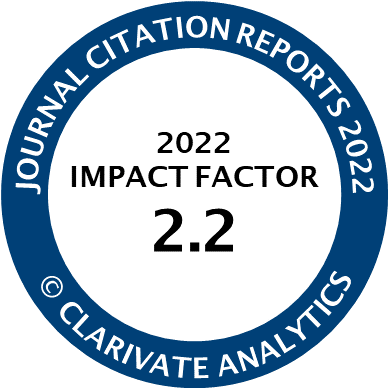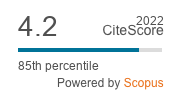Article | Open Access
Can Climate Change Negotiations Succeed?
| Views: | 4994 | | | Downloads: | 3313 |
Abstract: More than two decades of climate change negotiations have produced a series of global climate agreements, such as the Kyoto Protocol and the Copenhagen Accords, but have nevertheless made very limited progress in curbing global emissions of greenhouse gases. This paper considers whether negotiations can succeed in reaching an agreement that effectively addresses the climate change problem. To be effective, a climate agreement must cause substantial emissions reductions either directly (in the agreement's own lifetime) or indirectly (by paving the way for a future agreement that causes substantial emissions reductions directly). To reduce global emissions substantially, an agreement must satisfy three conditions. Firstly, participation must be both comprehensive and stable. Secondly, participating countries must accept deep commitments. Finally, the agreement must obtain high compliance rates. We argue that three types of enforcement will be crucial to fulfilling these three conditions: (1) incentives for countries to ratify with deep commitments, (2) incentives for countries that have ratified with deep commitments to abstain from withdrawal, and (3) incentives for countries having ratified with deep commitments to comply with them. Based on assessing the constraints that characterize the climate change negotiations, we contend that adopting such three-fold potent enforcement will likely be politically infeasible, not only within the United Nations Framework Convention on Climate Change, but also in the framework of a more gradual approach. Therefore, one should not expect climate change negotiations to succeed in producing an effective future agreement—either directly or indirectly.
Keywords: climate change negotiations; compliance; cooperation; enforcement; participation; political feasibility
Published:
© The author(s). This is an open access article distributed under the terms of the Creative Commons Attribution 4.0 license (http://creativecommons.org/licenses/by/4.0), which permits any use, distribution, and reproduction of the work without further permission provided the original author(s) and source are credited.




